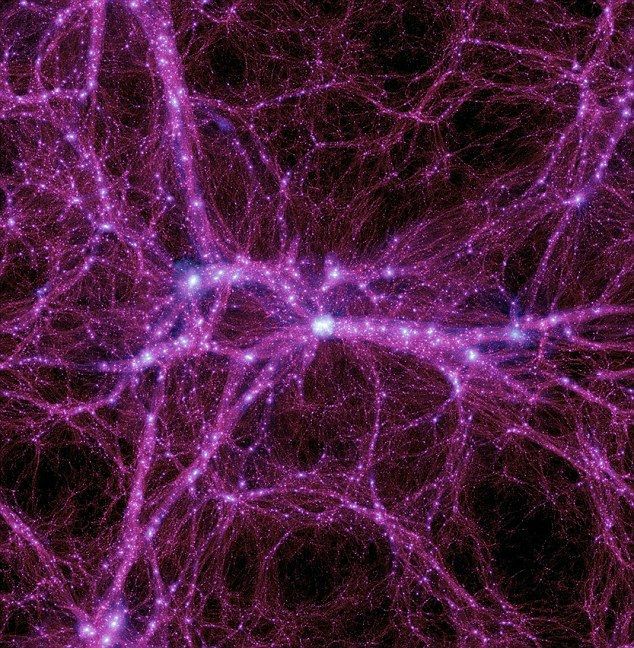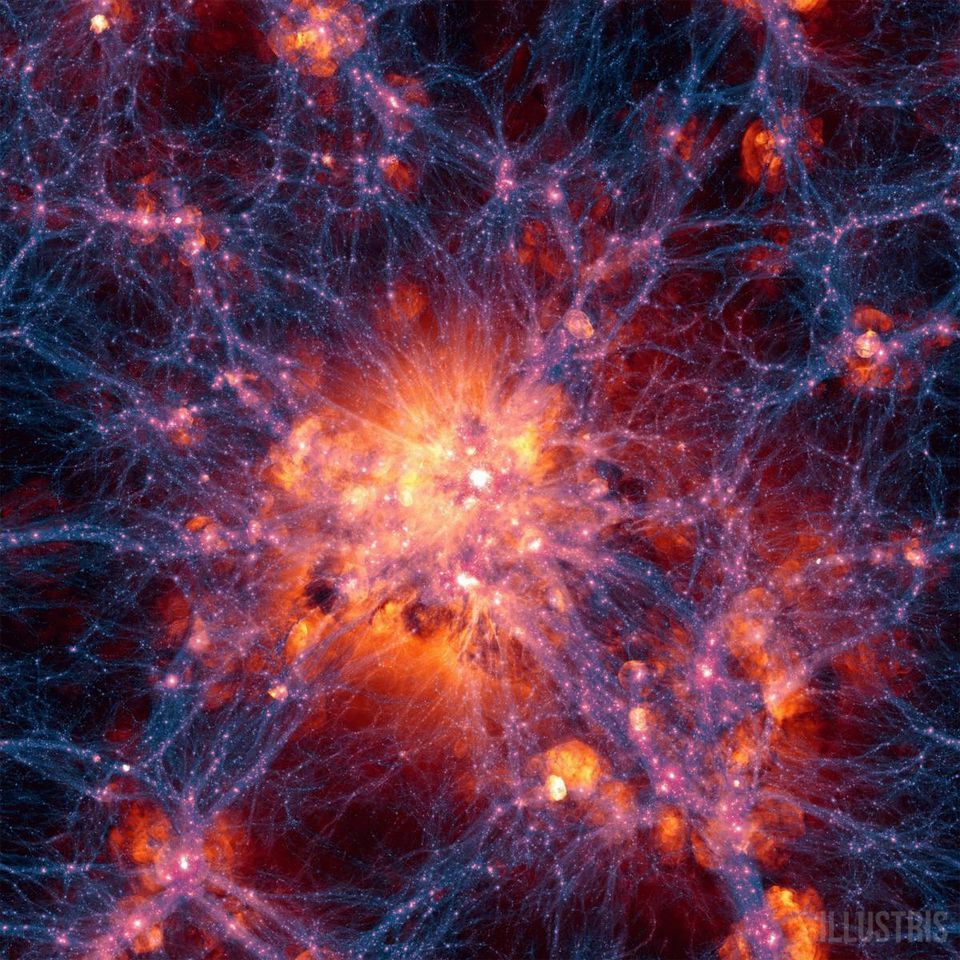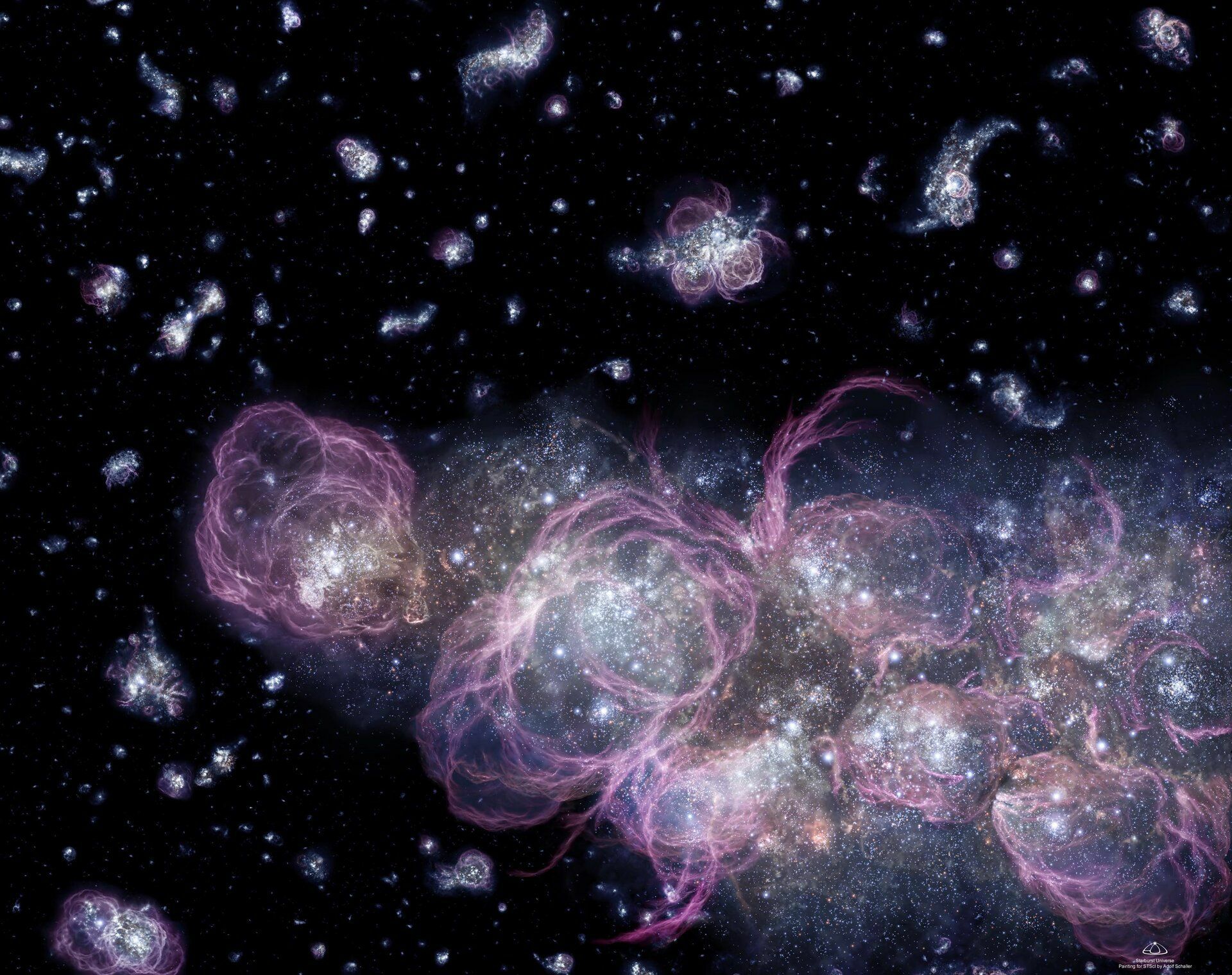The Universe’s Dark Matter
Dark matter is a type of matter that is thought to make up approximately 27% of the universe’s total matter-energy content, whereas ordinary matter makes up only about 5%. Unlike ordinary matter, dark matter does not interact with light, which makes it invisible to telescopes and other instruments that rely on electromagnetic radiation.
The presence of dark matter is inferred through its gravitational effects on visible matter, such as stars and galaxies. These effects can be observed through the gravitational lensing of light, which occurs when the path of light is bent by the gravity of massive objects. Dark matter is believed to exist in a diffuse, halolike structure that surrounds galaxies and clusters of galaxies, as well as in smaller concentrations within them.
The exact nature of dark matter is still unknown, and it is one of the most important unsolved problems in physics. Various theories have been proposed to explain dark matter, including weakly interacting massive particles (WIMPs) and axions. However, so far, no direct evidence for dark matter particles has been found, and the search for dark matter continues to be an active area of research in astrophysics and particle physics.
Hits: 5












